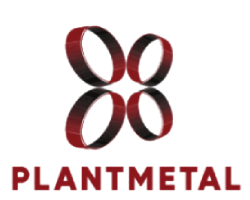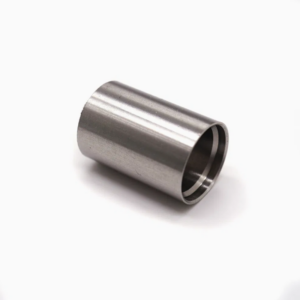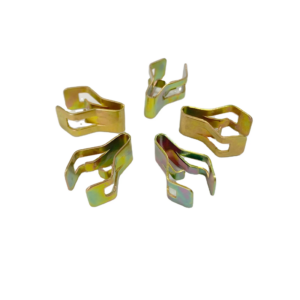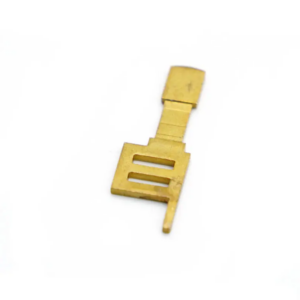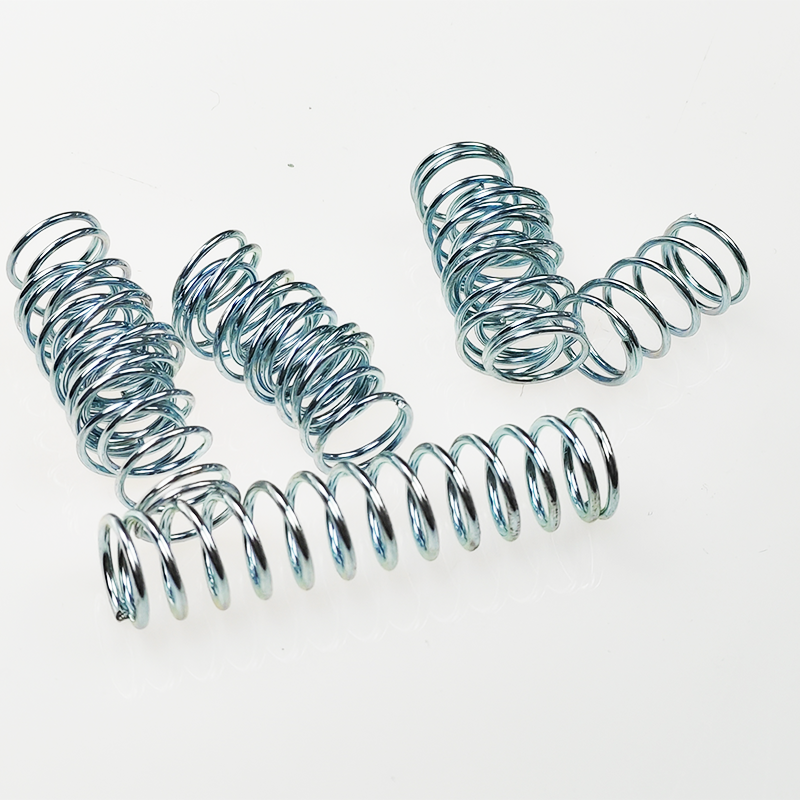Springs are essential components in a wide range of products, often hidden in plain sight in everyday items we rely on. Whether in pens, watches, mattresses, vehicles, or industrial machinery, springs serve a critical function in maintaining performance and efficiency. These versatile components are designed to store and release energy, offering control over motion, force, vibration, and counterbalance in numerous applications.
To truly appreciate the vast potential of springs, it’s important to understand the underlying principles behind their design and operation. By recognizing the different types of springs and their capabilities, engineers and product designers can make informed decisions that ensure optimal performance for their specific needs.
Understanding the Core Concept Behind Springs
At the core of spring mechanics lies a simple yet fundamental principle of physics that governs how springs behave and function.
What is a Spring and How Does it Work?
A spring is essentially a mechanical device designed to store and release energy. It achieves this through deformation – whether compressed, extended, or twisted. When a spring is deformed, it stores mechanical energy, which is then released when the spring returns to its original shape. This process is essential in numerous applications that require controlled motion and force.
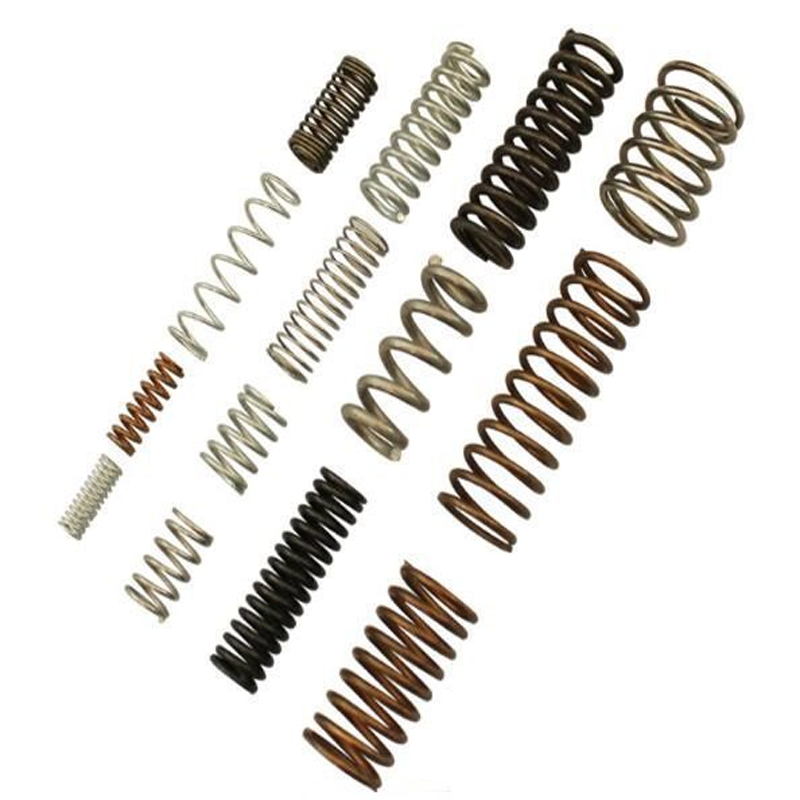
Hooke’s Law and Springs
The behavior of springs is governed by Hooke’s Law, which states that the force exerted by a spring is proportional to its displacement. In simple terms, the more a spring is stretched or compressed, the greater the force it will exert in attempting to return to its original shape.
Now, let’s dive into the different types of springs and their diverse applications. Each spring type is engineered for specific functions, making it suitable for a wide range of product designs and industries.
Exploring the Different Types of Springs and Their Applications
Springs come in a wide variety of shapes, sizes, and materials, each tailored for specific applications. Understanding the differences between these spring types is crucial when choosing the right one for your project.
1. Coiled Springs
Coiled springs are perhaps the most recognizable spring type, created by winding a wire into a coil. These springs are designed to handle various forces and are commonly used in everyday items.
- Compression Springs: These springs resist being compressed and push back when force is applied. They are commonly used in shock absorbers, vehicle suspensions, and even the retractable mechanisms in pens.
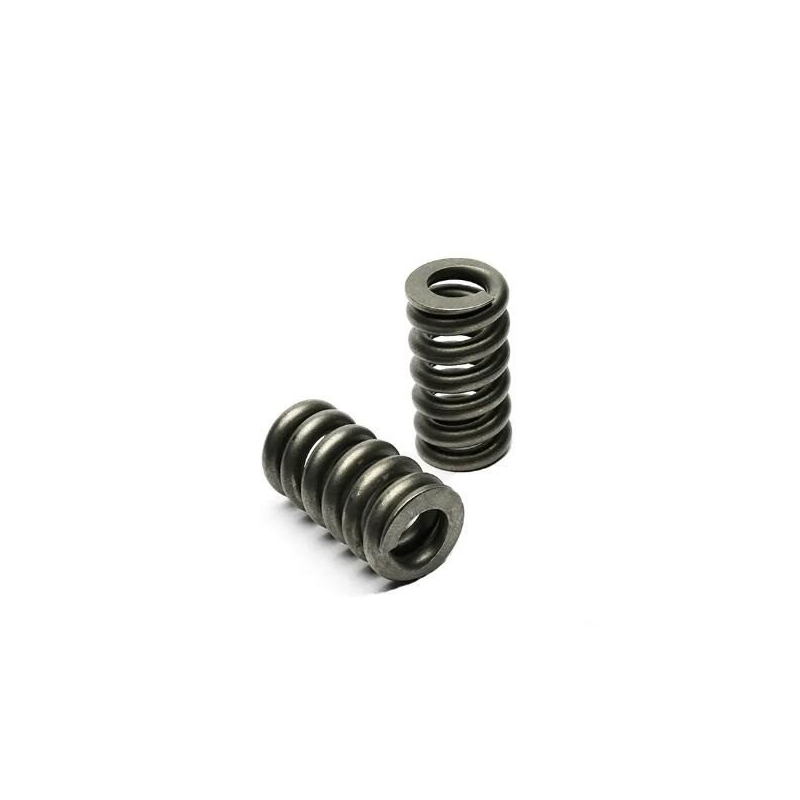
- Extension Springs: Designed to resist extension, these springs are ideal for applications requiring a pulling force, such as garage doors and trampolines.
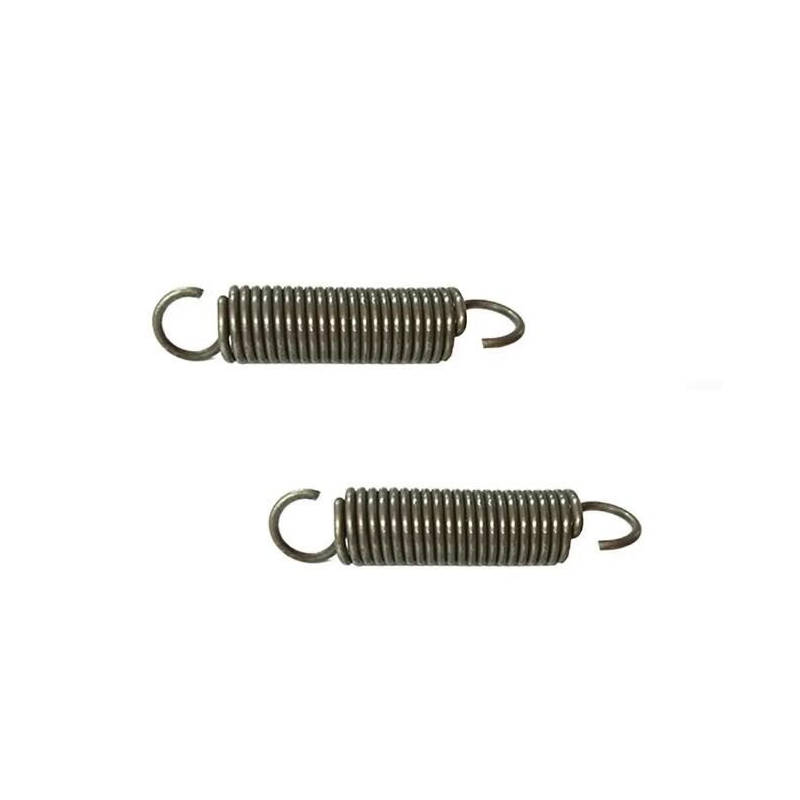
- Torsion Springs: Torsion springs resist twisting or rotational movements. You’ll find these springs in items like clothespins, door hinges, and mechanical clocks.
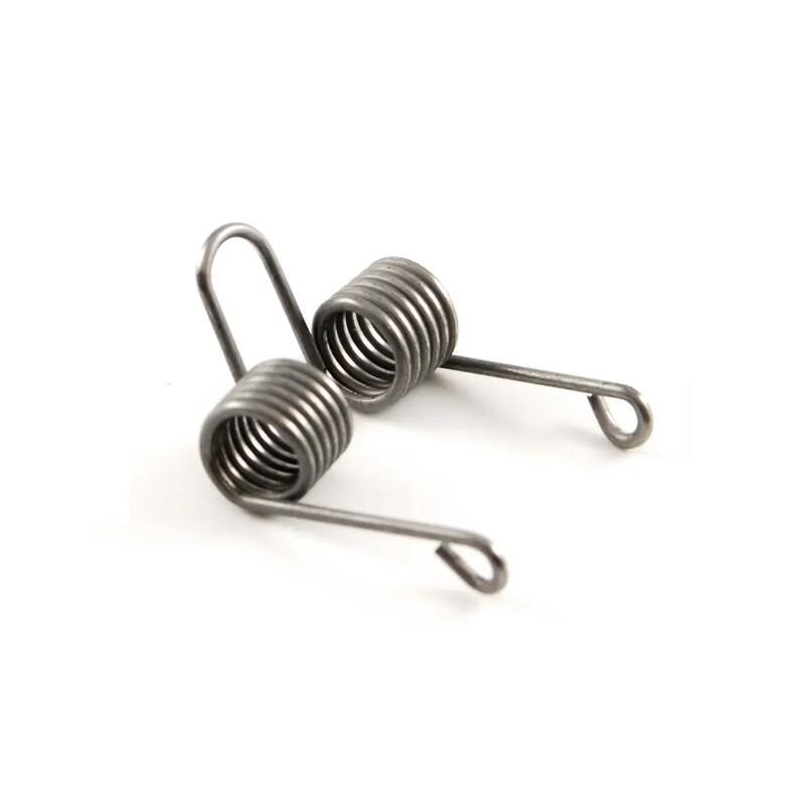
- Spiral Springs: Often used in watches and timepieces, spiral springs store and release rotational energy, making them essential for precision mechanisms.
2. Leaf Springs
Leaf springs are flat, flexible springs that are commonly used in applications where space is limited.
- Elliptical Leaf Springs: Used primarily in vehicle suspension systems, these springs provide both load-bearing and shock-absorbing functions.
- Semi-Elliptical Leaf Springs: A simpler version of the elliptical leaf spring, these are used in light-duty applications, such as automobiles and wagons.
- Quarter Elliptical Leaf Springs: These springs offer a balance of lightweight construction and energy absorption, ideal for vintage cars and certain sports vehicles.
- Three-Quarter Elliptical Leaf Springs: These are designed for high-load applications, particularly in off-road vehicles, providing extra flexibility.
- Transversal Leaf Springs: Positioned across the width of the vehicle, these springs help simplify suspension systems by reducing the number of components.
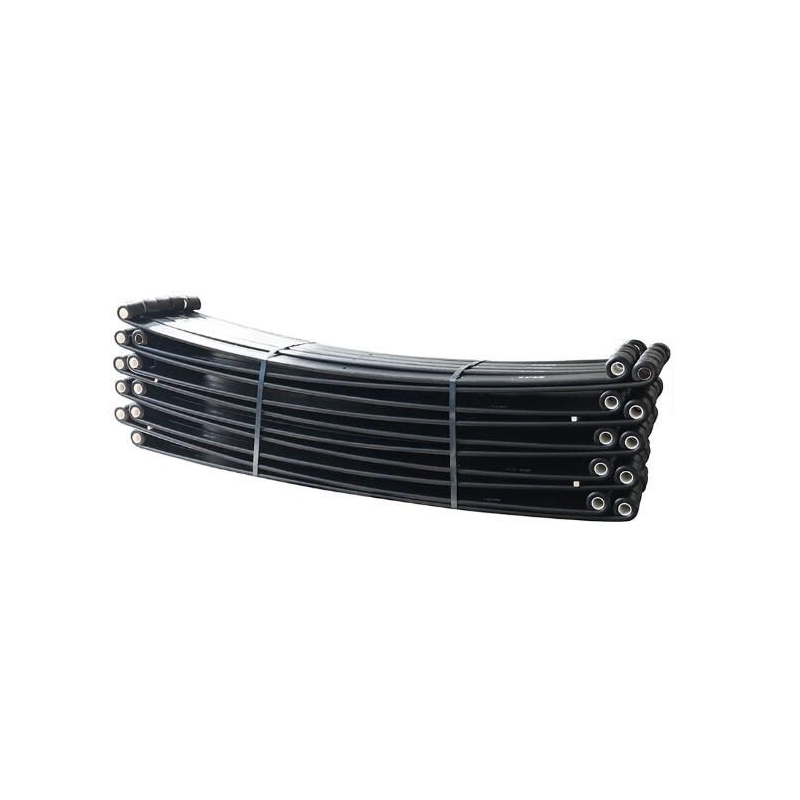
3. Plate Springs
Plate springs, also known as disc springs, are conical-shaped components that provide substantial energy storage in a compact form.
- Belleville Plate Springs: These are loaded with axial force and are widely used in applications that require high load-bearing capacity in a small size, such as bolted joints and safety valves.
- Curved Plate Springs: These springs, which can handle greater loads and deflections, are often used in spring-loaded mechanisms like safety valves.
- Slotted Plate Springs: Plate springs with slots or holes allow for additional attachments or load-bearing elements, commonly used in automotive and machinery applications.
- Wave Plate Springs: These springs, featuring a wave-like pattern, are designed to resist compressive forces and are often used in spring-loaded mechanisms.
Materials Used in Spring Manufacturing
The choice of material is critical to a spring’s performance and longevity. Most springs are made from alloys like steel, stainless steel, copper-based alloys, and nickel-based alloys, each selected based on the application’s specific requirements.
- Alloy Steel: Commonly used for compression springs due to its high strength and durability.
- Stainless Steel: Resistant to corrosion, making it ideal for use in food processing, marine environments, and medical equipment.
- Nickel-Based Alloys: Used in high-temperature and corrosive environments, such as aerospace applications.
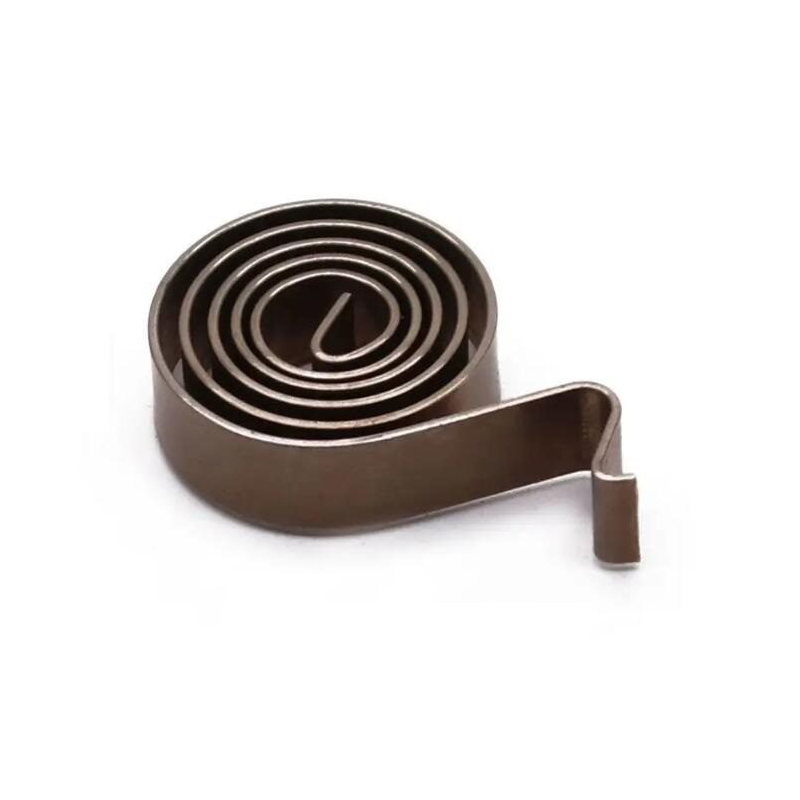
- Copper-Based Alloys: Excellent for electrical contacts and applications requiring corrosion resistance.
- High-Temperature Alloys: Materials like Hastelloy and Inconel are used for springs in high-heat environments, such as jet engines.
Pros and Cons of Using Springs
Like any engineering component, springs come with both benefits and challenges. Let’s explore the advantages and potential drawbacks of using springs.
Benefits of Springs
- Enhanced Shock Absorption: Springs are ideal for absorbing shocks and vibrations, commonly used in vehicle suspensions and industrial machinery.
- Energy Storage: Springs store energy when deformed and release it when they return to their original shape, making them perfect for mechanisms like retractable pens and clocks.
- Stability and Load-Bearing: Springs are used in many applications to provide stability and maintain alignment, such as in retractable tape measures and bicycle stands.
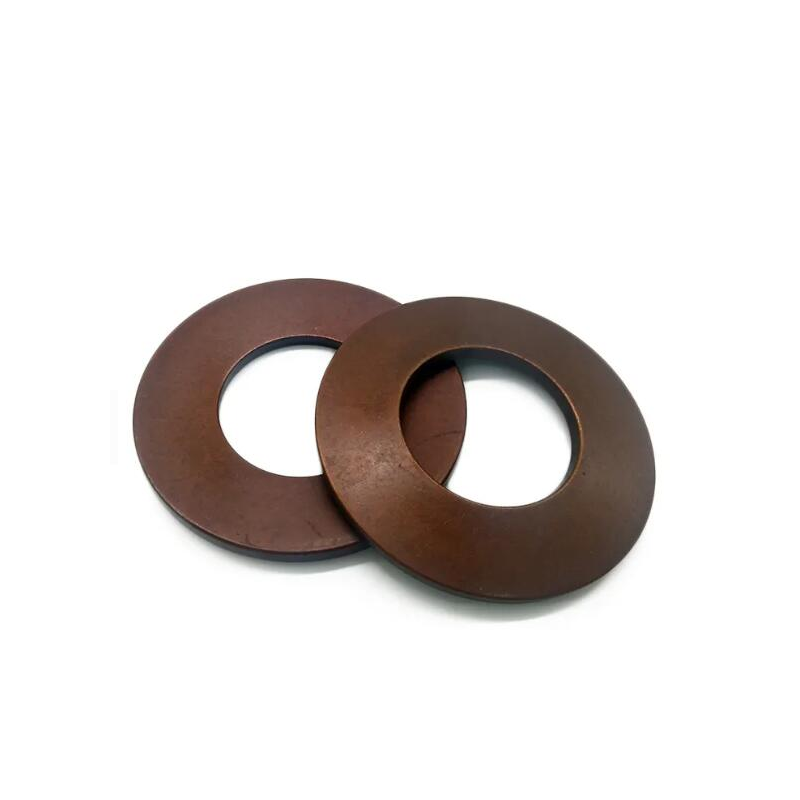
Drawbacks of Springs
- Cost: The manufacturing process for springs, particularly precision metal springs, can be expensive due to the materials and techniques involved.
- Wear and Tear: Over time, springs may lose their effectiveness, requiring replacement, especially in applications involving constant stress.
Conclusion
Selecting the right spring for your application requires careful consideration of various factors, including spring type, material, and attachment methods. Whether you need a compression spring for shock absorption, an extension spring for secure connection, or a torsion spring for rotational force, the right choice will enhance the functionality of your product.
At Plantmetal, we specialize in providing high-quality custom springs tailored to your specific needs. Our advanced manufacturing facility offers a wide range of springs, from coiled and leaf springs to plate and torsion springs. We work closely with our clients to ensure that each spring is designed for optimal performance and durability. Reach out to us today to explore how we can help bring your spring designs to life with precision and reliability.
